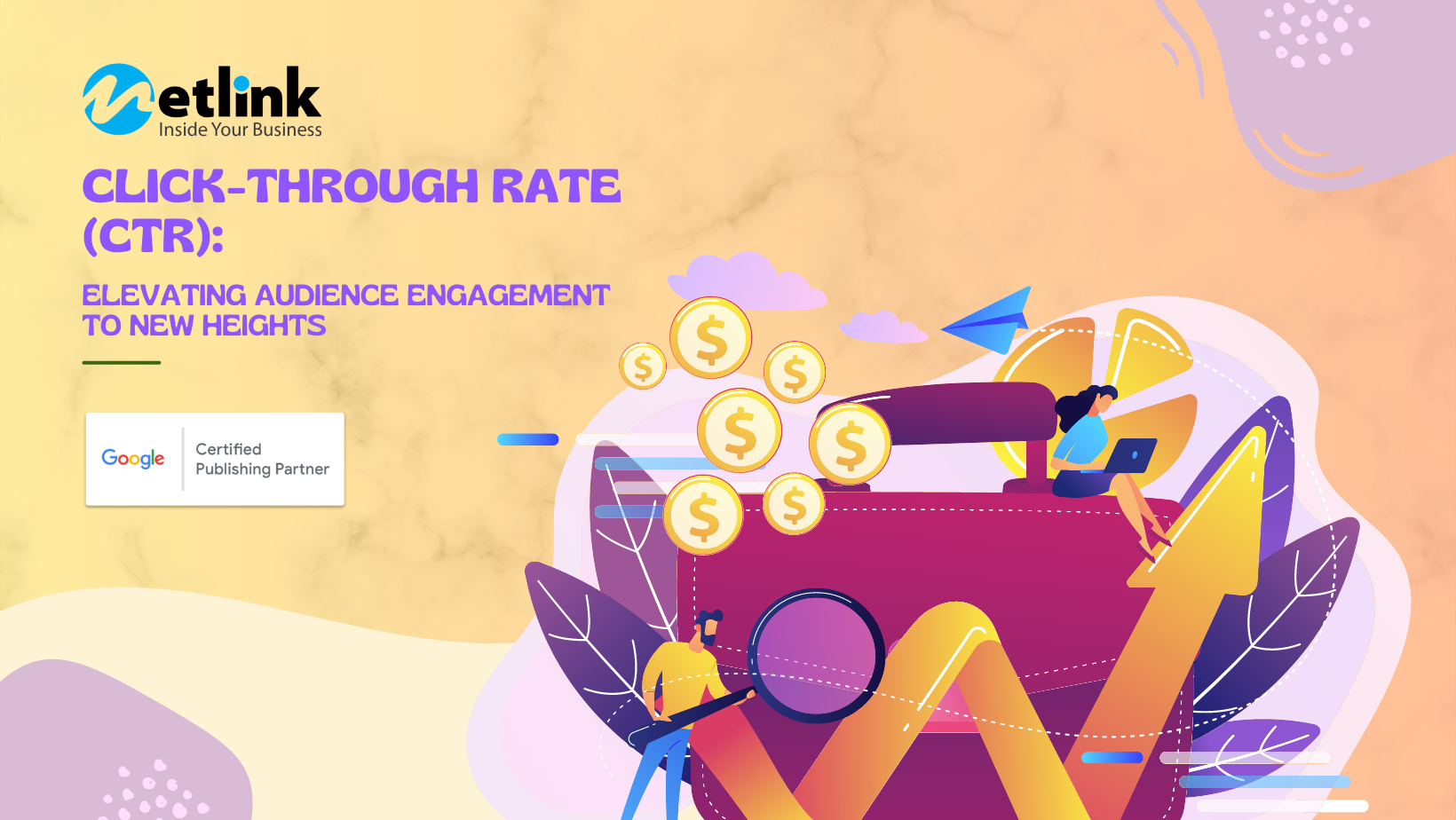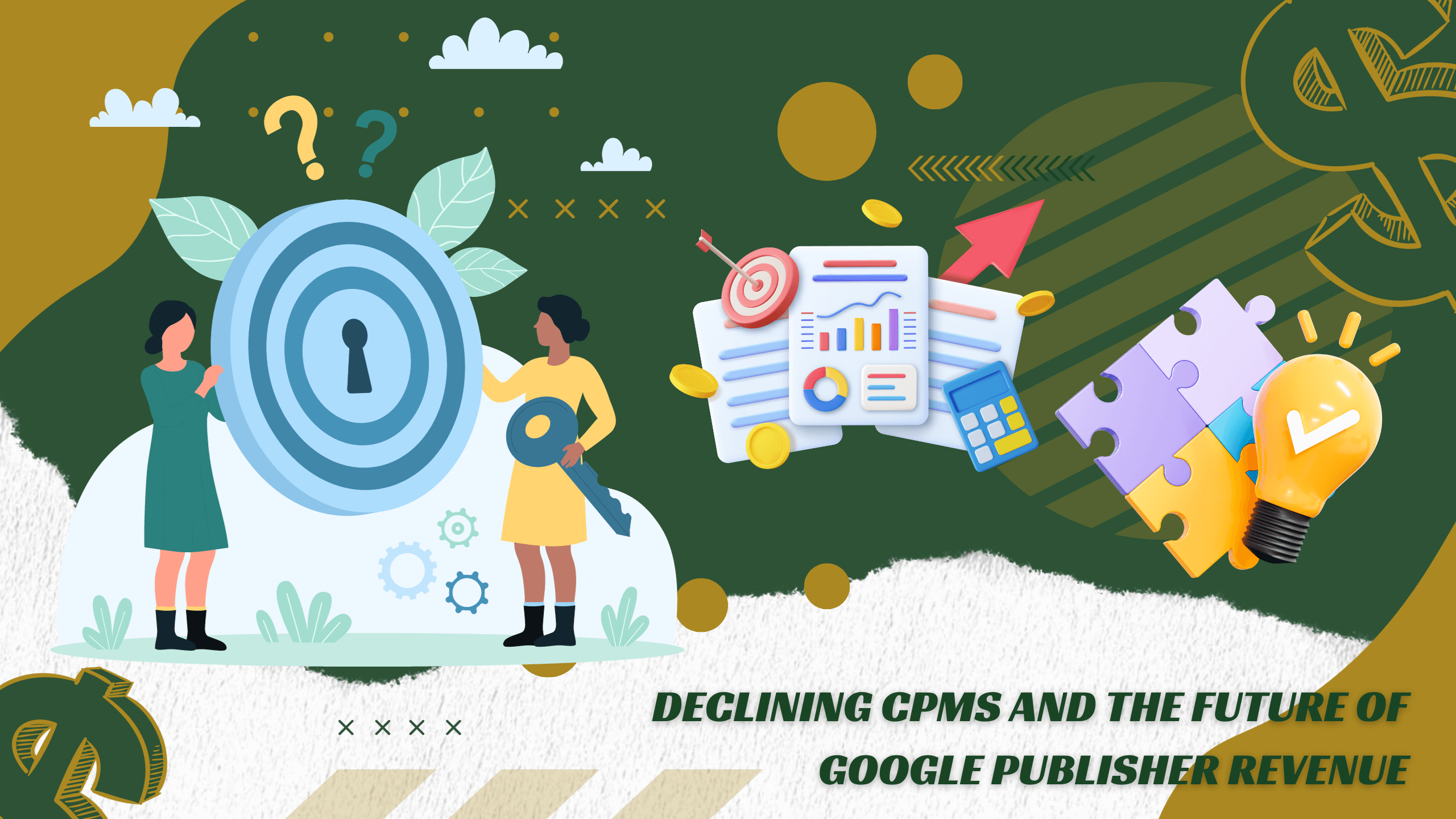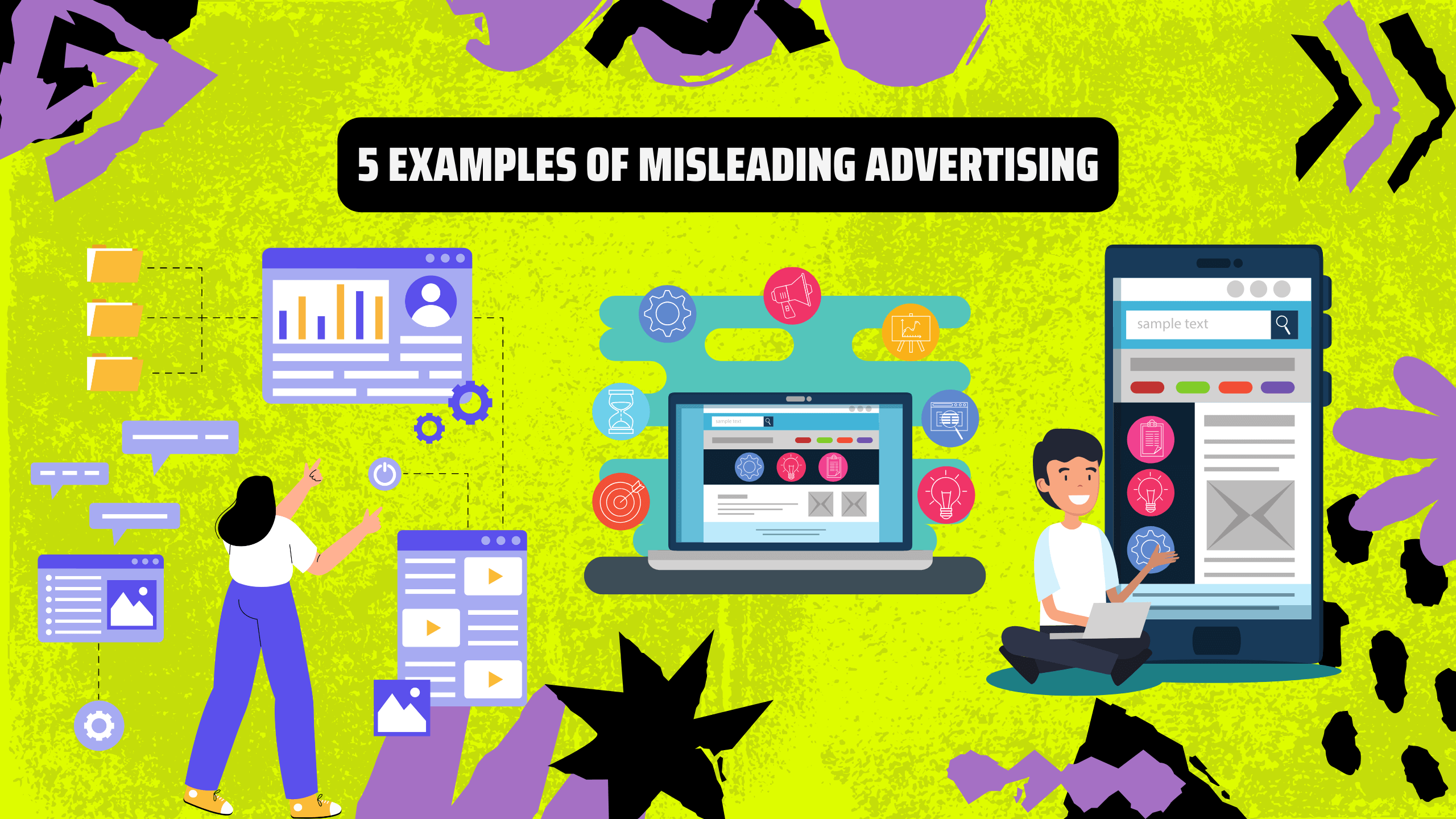In the ever-changing world of digital publishing, understanding key metrics is essential for crafting successful content strategies. Among these metrics, click-through rate (CTR) holds a significant role in determining the success of your content and advertising efforts. As publishers, it’s essential to grasp the importance of CTR, its impact on audience engagement, and how to harness its potential to achieve your publishing goals. In this blog, we’ll delve into the world of CTR, offering valuable insights, best practices, and practical tips to elevate your content strategy and boost audience engagement. Let’s embark on a journey to master the art of Click-through Rate!
I. Unraveling Click-through Rate (CTR):
Before we delve into the depths of CTR, let’s decipher its meaning and relevance in the publishing landscape. CTR represents the percentage of users who click on a specific link, advertisement, or call-to-action after viewing it. It serves as a vital indicator of audience engagement and the effectiveness of your content in enticing users to take action.
II. The Significance of CTR in Audience Engagement:
As publishers, understanding the significance of CTR is instrumental in crafting a content strategy that captivates your audience. Here’s why CTR matters in audience engagement:
1. Gauging Content Relevance:
CTR reflects how relevant and compelling your content is to your target audience. A high CTR indicates that your content resonates with users, attracting their interest and encouraging them to explore further.

2. Measure of Ad Performance:
For publishers integrating advertisements into their content, CTR acts as a performance measure for these ads. An effective ad with a higher CTR indicates that it effectively communicates the value proposition to users.
3. Impact on Revenue Generation:
Higher CTR in ad placements can lead to increased revenue for publishers. By encouraging users to click on ads and explore products or services, publishers can drive potential conversions and earn advertising revenue.
III. Calculating CTR and Key Factors Influencing CTR:
1. CTR Formula:
The formula for calculating CTR is simple: Total Clicks / Total Impressions * 100. It provides a percentage that signifies the effectiveness of your content or ads in generating clicks from the audience.
2. Relevance and Positioning:
The relevance of your content to the audience’s interests and the strategic positioning of call-to-action buttons or links play a pivotal role in influencing CTR. Engaging content and well-placed CTA buttons increase the likelihood of clicks.
3. A/B Testing:
Conducting A/B tests with different variations of content, images, or ad copies can help identify elements that boost CTR. Testing allows publishers to optimize content for maximum user engagement.

IV. Best Practices for Enhancing CTR:
1. Captivating Headlines and Thumbnails:
Craft compelling headlines and eye-catching thumbnails that entice users to explore your content further. An attention-grabbing headline arouses curiosity, while visually appealing thumbnails create an instant connection with users.
2. Relevant and Valuable Content:
Deliver content that fulfills your audience’s needs and interests. Understanding your target audience’s preferences and pain points ensures that your content resonates with them, encouraging more clicks.
3. Clear and Convincing CTAs:
Include clear and persuasive call-to-action (CTA) buttons that prompt users to take the desired action. Use action-oriented language to encourage users to click and explore your content or offers.
V. CTR and Its Role in SEO:
1. Impact on Organic Search Ranking:
A higher CTR in organic search results signals to search engines that your content is relevant and valuable to users. This can positively influence your search ranking, leading to increased visibility and organic traffic.

2. Crafting Meta Descriptions:
Optimize meta descriptions with concise and engaging summaries of your content. Well-crafted meta descriptions can attract users’ attention and increase the likelihood of clicks.
VI. Understanding CTR for Advertising:
1. CTR in Display Ads:
For publishers incorporating display ads, monitoring CTR helps identify which ads resonate with users and generate higher engagement. This information can be leveraged to optimize ad placements and improve ad performance.
2. Native Advertising CTR:
CTR plays a crucial role in native advertising, where ads blend seamlessly with the content. A well-integrated native ad with a higher CTR indicates that it effectively fits the user experience and adds value to the content.
VII. Balancing CTR and User Experience:
Striking the Right Balance:
While a higher CTR is desirable, it’s essential to maintain a balance between CTR and user experience. Ensure that your content is genuinely valuable, and your CTAs align with users’ expectations to avoid compromising user satisfaction.
VIII. CTR in Social Media:
1. Analyzing Social Media Engagement:
CTR in social media measures how effectively your content prompts users to take action. Analyzing CTR on social media platforms helps refine your content strategy and identify what resonates best with your audience.

2. Optimizing Social Media Posts:
Craft enticing social media posts with clear and relevant CTAs. Utilize compelling visuals, engaging copy, and user-friendly links to increase CTR on social media platforms.
IX. Tools and Analytics for Tracking CTR:
Utilizing Analytics Platforms: Leverage analytics platforms like Google Analytics to track CTR and gain valuable insights into user behaviour. Analytics tools help monitor the performance of different content and marketing campaigns.
X. Challenges and Considerations:
1. Click Fraud:
Be vigilant about click fraud, where malicious clicks artificially inflate CTR. Implement fraud detection measures to ensure that your CTR metrics remain accurate and reliable.
2. Competition and Ad Fatigue:
In a competitive landscape, users may experience ad fatigue, leading to a decline in CTR. Continuously refreshing content and creatives can combat ad fatigue and maintain engagement.
XI. Future Trends and Opportunities:
1. Video Content and Interactive Elements:
As video content and interactive elements gain popularity, incorporating them strategically in your content can boost CTR. Videos and interactive elements offer a more immersive and engaging experience for users.

2. Voice Search and CTR:
With the rise of voice search, optimizing content for voice queries can influence CTR in search results. Understanding user intent and tailoring content to voice search queries can increase CTR.
XII. Conclusion:
Click-through Rate (CTR) is a critical metric that drives audience engagement and measures the effectiveness of your content and ad campaigns. As publishers, mastering CTR and employing best practices can significantly enhance user engagement, increase revenue opportunities, and pave the way to publishing success. Keep your audience at the core of your content strategy and continuously evolve your approach to CTR to stay ahead in the ever-evolving digital landscape. Let CTR be your guiding star towards a more engaging and rewarding publishing journey!











